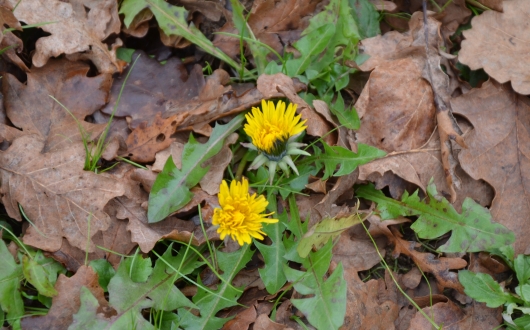The forecast for the coming days predicted worsening of the weather. I wonder what is happening in Temenica Habitat, which is biologically quite diverse. At first, my attention is drawn to a branch of dog rose (Rosa canina) with fruits.
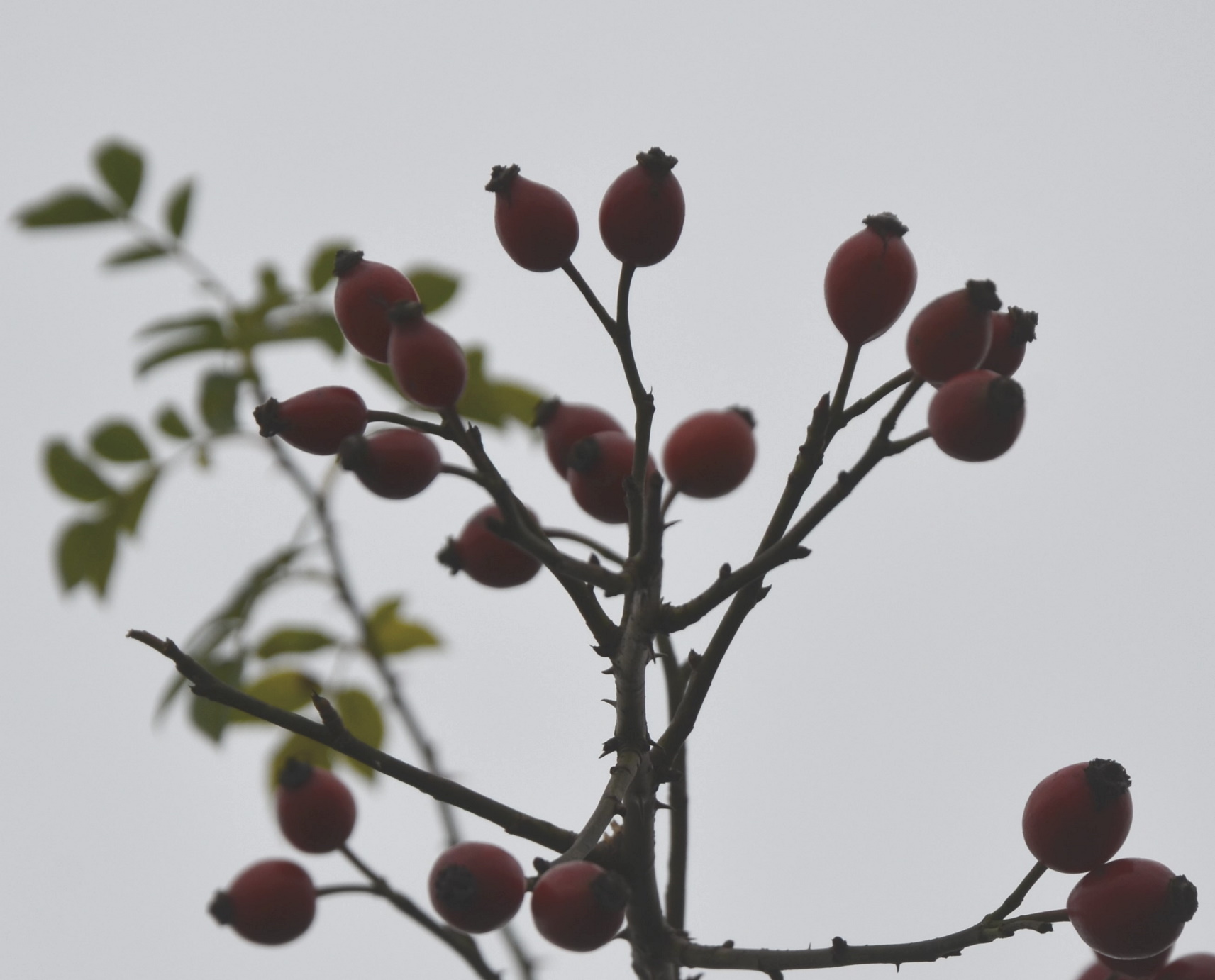
The fruits contain a lot of vitamin C, as well as malic, citric, succinic and phosphoric acids, which can help as preventive measures from autumn colds. The best time to harvest fruits for medicinal purposes is from October to November. I pay particular attention to the unusual deformation on the dog rose’s shoot. I notice hypertrophy or abnormal growth of the leaf due to the secretions of the Diplolepis rosae larvae (a species of gall wasp).

These so-called green cones provide larvae with shelter and food. We can also use them for tea, which helps to excrete water and relieve urinary tract diseases.
As I peacefully stroll and observe the immediate surroundings, I catch glimpses of the last season’s flowers. Here I notice the annual fleabane or eastern daisy fleabane (Erigeron annuus),

This is otherwise a non-native species but is already widespread in Slovenia.
A little further, the common buttercup (Ranunculus acris) boasts in its rich golden yellow colour.
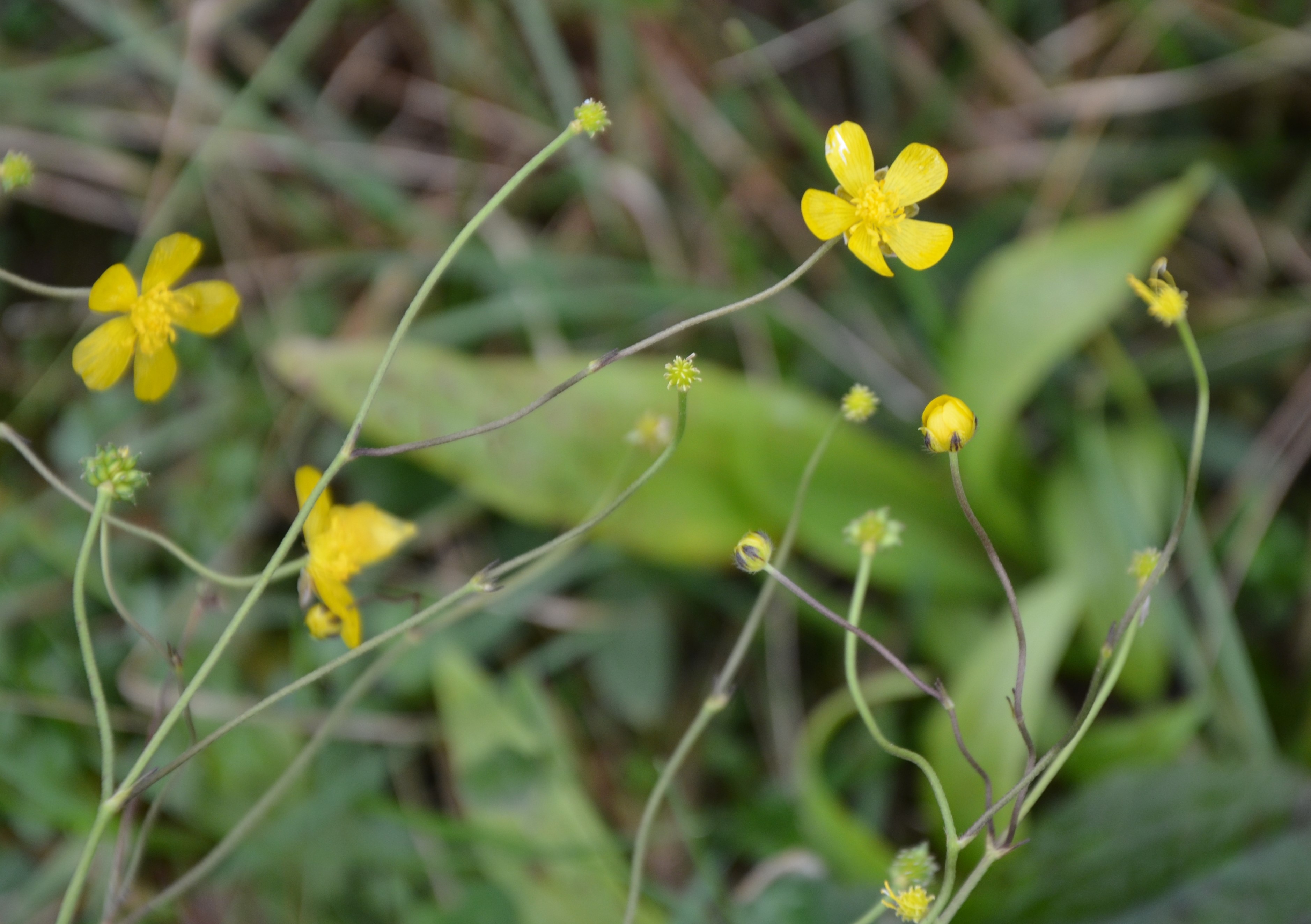
In the grass, however, the common daisy (Bellis perennis) and the common dandelion (Taraxacum officinale) are shyly hidden. The water chickweed (Stellaria aquatica), common tansy (Tanacetum vulgare) and the smooth sow thistle (Sonchus oleraceus) cannot be overlooked. I am particularly pleased to see the light blue head-like inflorescences of succisella (Succisella Inflex), slightly obscured by shoots of shrubs growing here. Suddenly, I also notice the caper spurge (Euphorbia lathyris),
.jpg)
which is a Mediterranean species. Many people plant this biennial or perennial in their gardens as a deterrent, i.e. to protect garden vegetables against voles. From the gardens, of course, the species has successfully begun to populate the untreated areas. All parts of it are toxic.
Autumn is a time of abundance and colour. I am pleasantly surprised by the branch of the European or common spindle (Euonymus europaeus).
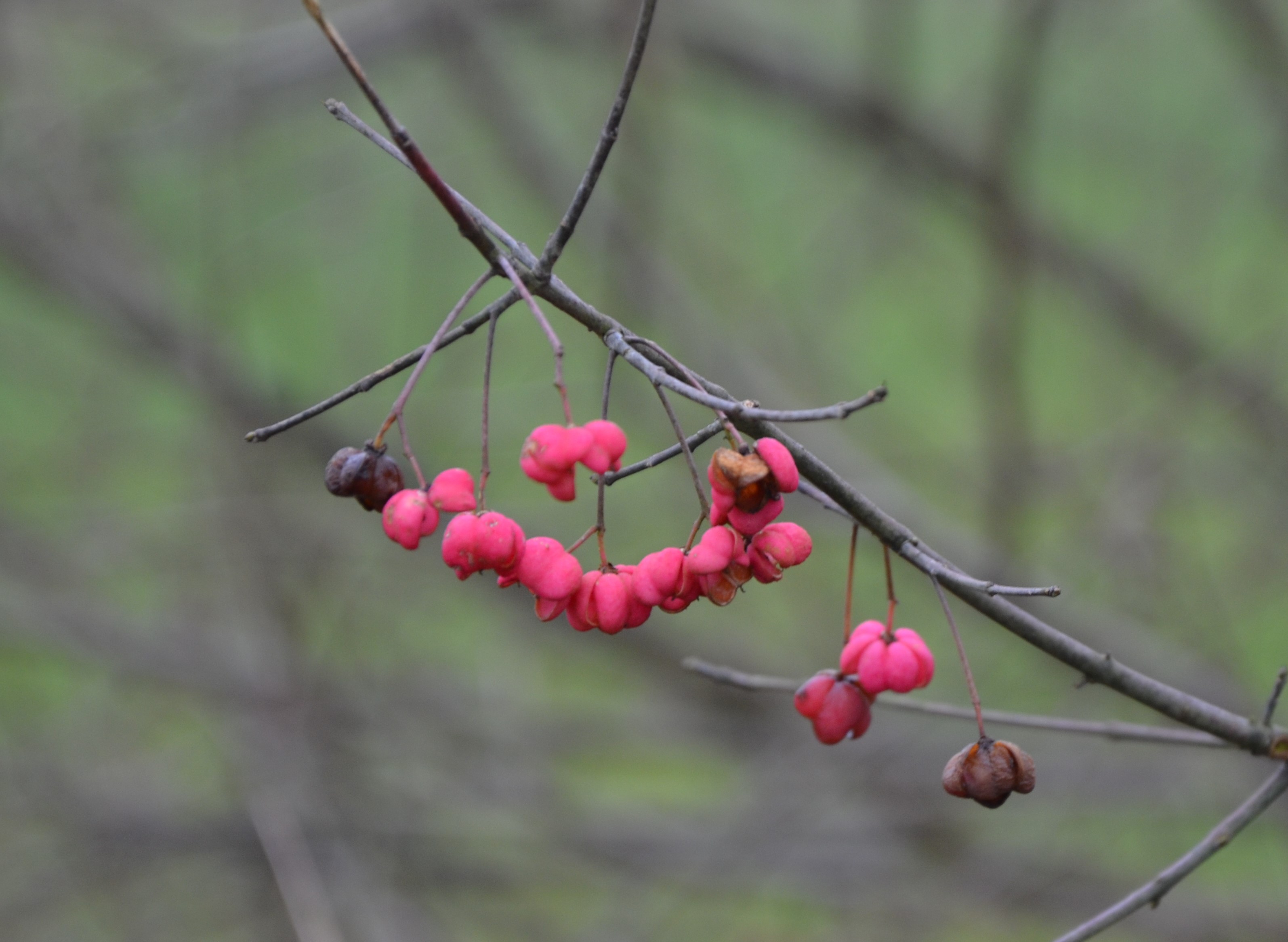
The red-coloured fruits that have evolved from tiny, unobtrusive green flowers are a real eye-catcher. The whole plant is toxic. The bittersweet nightshade (Solanum dulcamara) also has a vibrant red colour of the fruit.
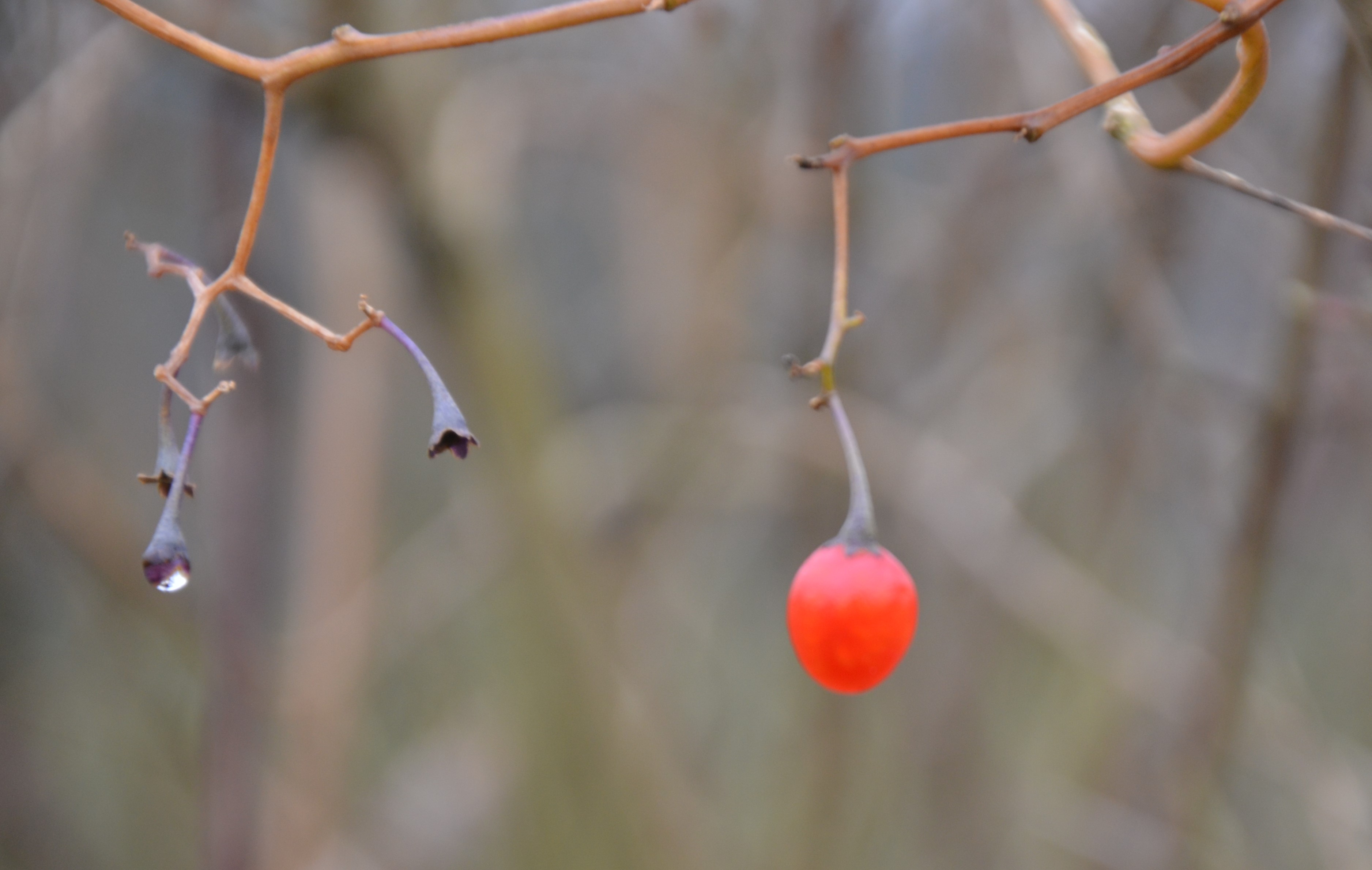
Its use is still common in homeopathy (extracts work against inflammation, reduce itching, etc.). The Angelica sylvestris or wild angelica (Angelica sylvestris) is bidding farewell to the calendar year with its leaves of the gentle wine-red colour.

Nearby I also spot the slowly decaying remains of its mighty flowers.



